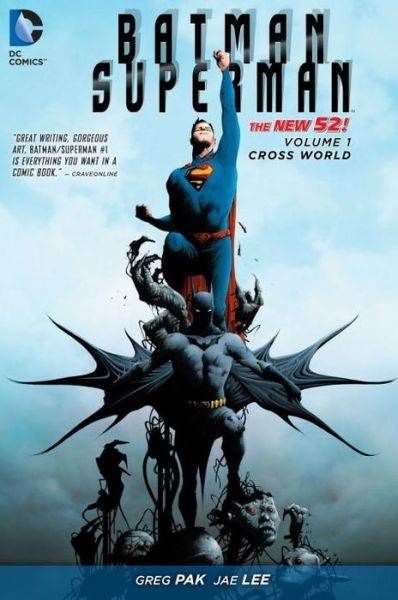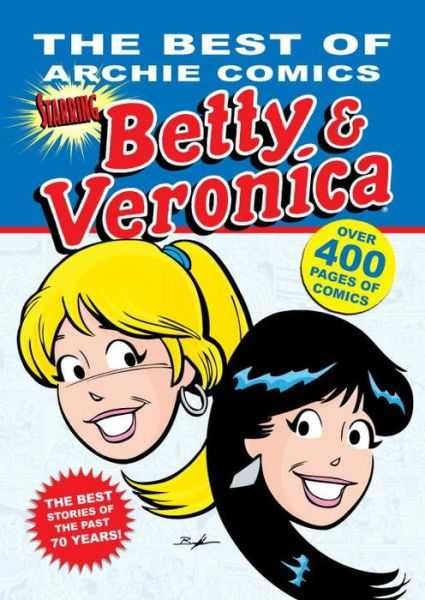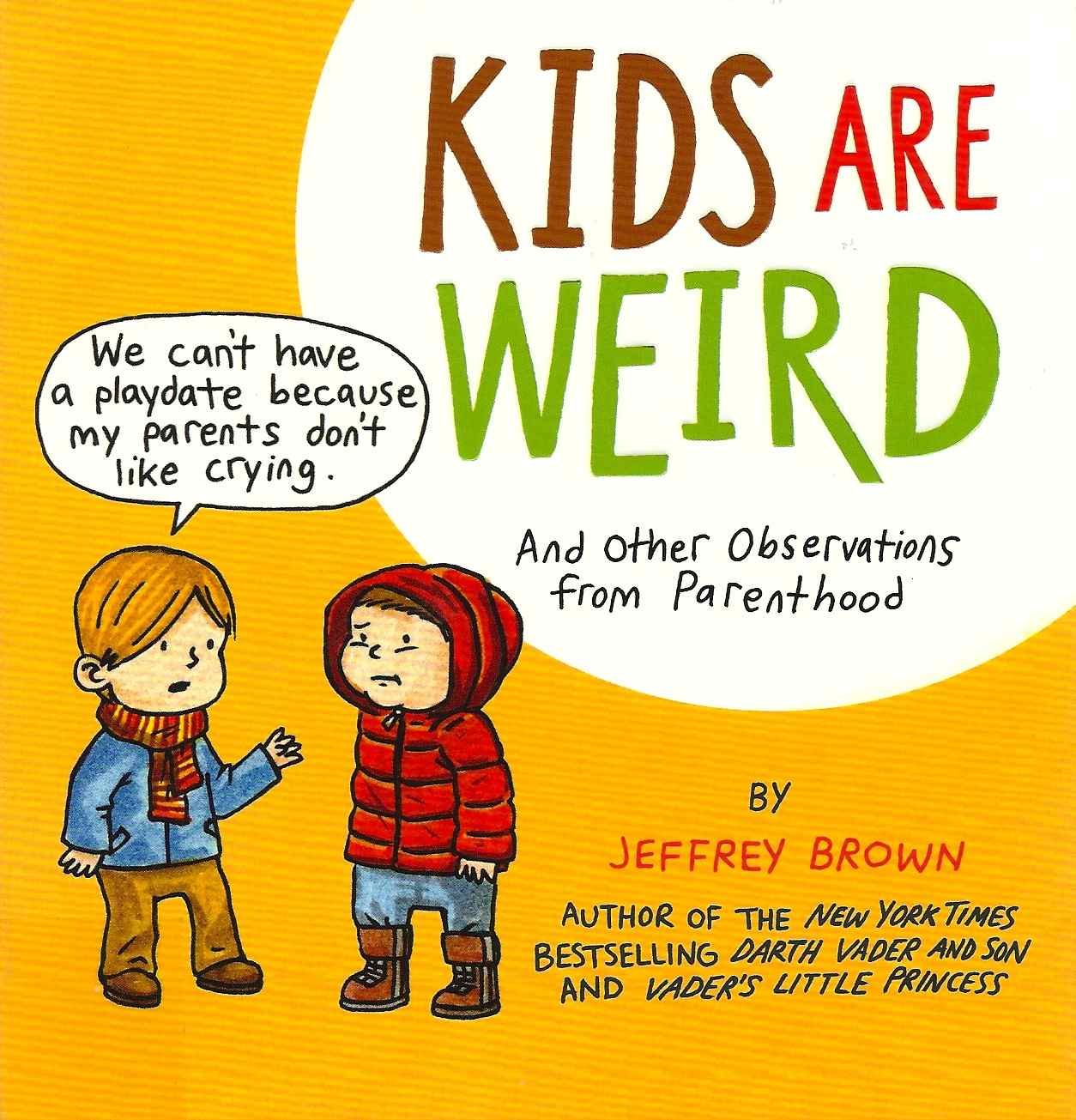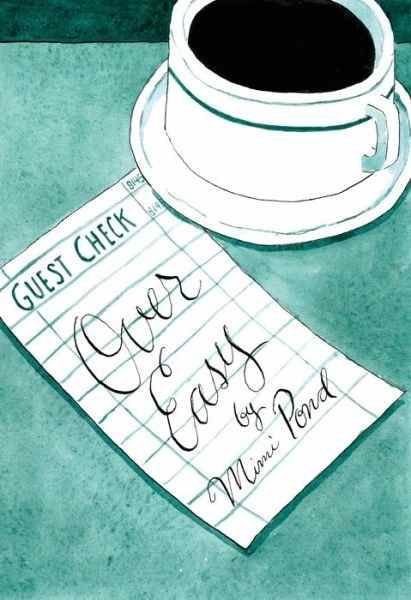Batman/Superman, Vol. 1: Cross World (DC Comics): The greatest virtue of the Greg Pak-written World's Finest team-up title is also its main drawback: There's really great, flat-out gorgeous artwork by Jae Lee ... except when their isn't. Lee draws the lion's share of the book -- about 70 of its 100-plus story pages -- and it's some of the artist's best comics work; his heroic figures pose through a series of complex layouts, their anatomy and features those of real, if exceptionally beautiful, people, rather than musclebound action figures. The too-busy New 52 costume designs are stripped down to their essentials, the various bits of technology all look like mobile art installations, and Lee's vision of a Gotham City park is appropriately, if amusingly, dark, twisted and exaggerated.
He might not have been the best possible choice for this particular storyline, which involves two different Batmen, Supermen and Catwomen, given his use of silhouettes and sparse panels, and the cacophony of color-coded narration boxes have to do a little more work than they might otherwise. But it's jarring to the point of shocking when fill-in artists appear to help Lee, with Ben Oliver-drawn climaxes for the first and last issues/chapters, and an extensive Yildiray Cinar flashback in another issue. There's also a rather tacked-on origin story of Darkseid and the main villain for the story arc, which appeared in September's Justice League #23.1, drawn by two more artists.
Pak's story is a bit on the complicated side: Sometime before the events of Justice League #1 and Earth 2 #1, a trickster god who had previously encountered Darkseid baits the Superman and Batman (and Wonder Woman and Catwoman) of Earth 2 into conflict with the Superman and Batman of Earth-New 52. She wants to find out which set of heroes will be more likely to repel Darkseid, who appears briefly at the end, so she can decide on which of the two Earths to hide from him. She then makes everyone forget any of these events ever happened, thus preserving the continuity Justice League Vol. 1, which purports to be the first meeting between the New 52 Superman and Batman.
Pak can write this sort of generic super-comic in his sleep, and his script is quite effective; Lee's art elevates it, but his occasional disappearances make for a frustrating reading. It's like watching a movie on a VCR cassette where the tracking occasionally goes out. The "Villain's Month" special issue of Justice League that closes out the book didn't read any better a second time around, and seems oddly placed, as it explains who the villain in the previous and just-resolved story arc was all along.
The Best of Archie Comic s Starring Betty & Veronica (Archie Comics): This $10, 400-plus page, digest-sized trade paperback is hardly the best possible presentation for the comics within, as it's something of a cross between one of those Archie digests you used to find in grocery store checkout lines and a Showcase Presents or Essentials collection. So the packaging definitely emphasizes value over quality, but the comics within? Many of those feature remarkably high-quality art from all-time great cartoonists like Dan DeCarlo and George Frese (my favorite of the many Archie artists showcased within), making this something of a nice, low-commitment primer on Archie Comics' original frenemies and the talented men and women who told their stories.
The book is broken into chapters by decades, from the 1940s to "2010 and Beyond," illustrating the evolution of the characters, their relationships, their designs and even the sense of humor (the biggest leap in visuals occurring between the more representational 1940s and the cartoony 1950s, a style then refined by DeCarlo in what would essentially be Archie house style from then on, with some variation).
Perhaps the most interesting aspect of this collection, however, is the little testimonials and introductions provided by various creators before chunks of stories. These might reflect the stories that follow specifically, or talk more generally about the importance of Betty and Veronica and Archie Comics, or detail a particular personal memory related to the comics. These come from such diverse sources as Michael Allred, Jill Thompson, Fiona Staples, Tom DeFalco, Tania del Rio, Batton Lash, Mike Norton, Tim Seeley, Norm Breyfogle, J. Torres and others.
Kids Are Weird: And Other Observations from Parenthood (Chronicle Books): Cartoonist Jeffrey Brown's latest is a fancy cartoon collection that's a bit like his Darth Vader and Son and Vader's Little Princess books, only the child is his own son Oscar instead of Luke or Leia, and the dad is the cartoonist's comics avatar instead of Darth Vader. It also bears some resemblance to his cat books from Chronicle, one of which its title even echoes (Cats Are Weird).
While its format and style are clearly the work of Jeffrey Brown, and the Chronicle Books Jeffrey Brown as opposed to the self-published or Top Shelf Jeffrey Brown at that, the comic it actually reminds me of the most in terms of subject matter, sense of humor and point of view (that is, that of a autobiographical cartoonist watching his young son for material) is James Kochalka's American Elf diary strip, as it was appearing on his website for quite a while. Kochalka, like Brown, was something of a playful man-child who had long devoted himself to chronicling his own life and, in parenting, found a smaller, more fascinatingly unpredictable subject to draw inspiration from.
And so Kids Are Weird consists mainly of one-page splash comics of Oliver saying or doing something funny, occasionally broken up by multi-panel strips ranging from two to many panels. It opens with an eight-page introduction of sorts, in which Brown encourages parents to enjoy the small window of time during which their kid will talk to them and say funny nonsense things before they grow up.
This reads like something of a greatest-hits collection of things Oliver says, a surprising number of which involve things eating other things, things eating him and him eating things. "Too bad this guy can't live anymore," he says regarding a toy dinosaur. "I think I need to wrestle, because I'm returning to madness," he tells his dad, climbing on the top of the couch. "Do you like my bike?" he asks some tough-looking strangers as he tricycles by them, and "Shouldn't you be getting back to work?" he asks a server.
It's basically the Brown-drawn version of Kids Say the Darndest Things ... only focusing on just the one kid, his own. While Brown himself is a familiar comic character, it's interesting to see so much of his family in here (particularly considering long-time readers of Brown have lived sections of his love life with him through his graphic memoirs, and there's something rewarding about seeing his happy, domestic life). And it's always interesting to see his version of various pop culture figures. Here he gets to draw a lot of dinosaurs, Kermit the Frog, Lois Lane, Elton John and a toy Rancor monster.
Marvel Knights: Spider-Man: Fight Night (Marvel): This collection of the first miniseries from the recently relaunched Marvel Knights imprint/branding effort is an excellent showcase for artist Marco Rudy ... and not much else. The story that writer Matt Kindt, an accomplished artist himself, provides is purely perfunctory: Spider-Man must run a gauntlet of 99 villains, battling them in a variety of action-movie set-piece settings -- a haunted house, an airplane, a submarine, a desert island, etc. He's not sure why, and readers don't find out until the last few pages of the final issue, making this something of a 120-page fight scene, with Kindt providing periodic recaps of what's going on (at the start of each new issue/chapter), and finding themes for Spider-Man to riff off of in his narration.
Rudy's art changes from page to page and panel to panel, as he offers incredibly baroque page layouts that make J.H. Williams' work on Batwoman look like the nine-panel grids of Watchmen. Almost every villain gets his or her own art style, or has his or her logo integrated into the page design, and Rudy gets free rein to throw everything onto the pages, up to and including the kitchen sink.
It's a nice-looking comic, but there's no real rhyme or reason to the nice-looking art, making for a graphic novel that more closely resembles an art book, Kindt's story providing a justification more than a narrative. And I should probably note that while Rudy's art is great, it's not exactly in service of illustrating exciting action or combat. The book is all fight scene, but it's modern American super-comic fight scene, not manga fight scene, meaning action is discussed and suggested, but not illustrated.
Over Easy (Drawn and Quarterly): Cartoonist Mimi Pond's graphic memoir about working in a small, eccentric diner full of eccentric characters — customers and employees alike — in 1970s Oakland proves to be shockingly universal, given how specific the details of time, place, space and biography are.
Pond was an aspiring cartoonist who went to art school just as hippies were giving way to punks and drugs were quite commonly consumed, and she had a habit of saving up enough change to buy a cup of coffee and sit in diners for hours, sketching. One day she winds up in the Imperial Cafe, and is immediately smitten with the environment, the food, the manager and the seemingly glamorous waitresses, and she soon resolves she wants to join them. She says that almost from the start she feels like a character in some grand drama, her place in the cast varying from extra to supporting actress to star, depending on the scene, and that feeling is made reality in this hefty 270-page volume.
Everyone's had a job or been part of a scene where they felt like they were living in a play or a TV show or a movie, or that someone should adapt their daily life into one of those things, and Pond was no different ... except she had the phenomenal cartooning skills to capture all of the wild, strange an even mundane characters in ink, and the story telling chops to formulate a narrative around her time at the Imperial.
It's a great book, no matter where you read it, but I can't think of a better book to read while sitting at the bar in your own local diner, sipping on coffee while plates and half-overheard conversations clatter all around you.





